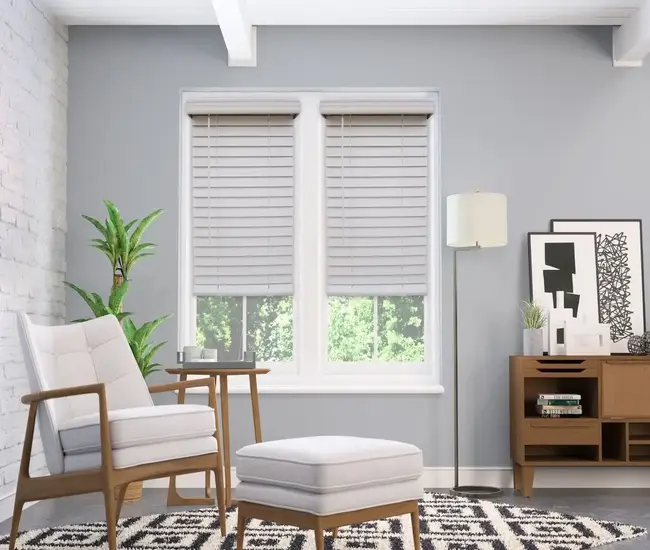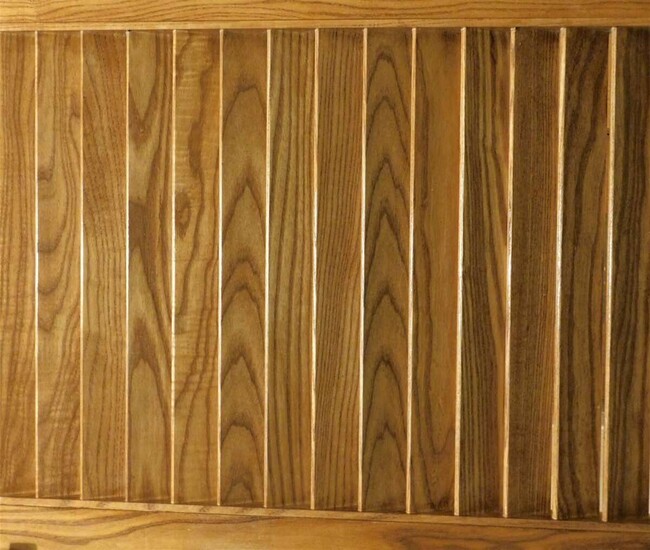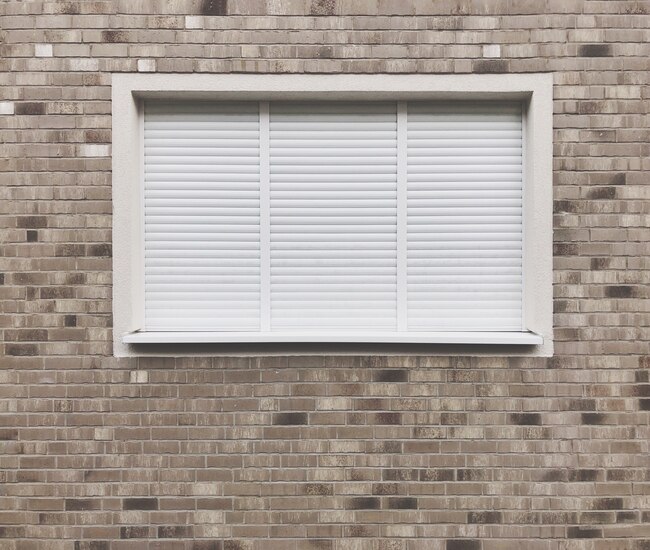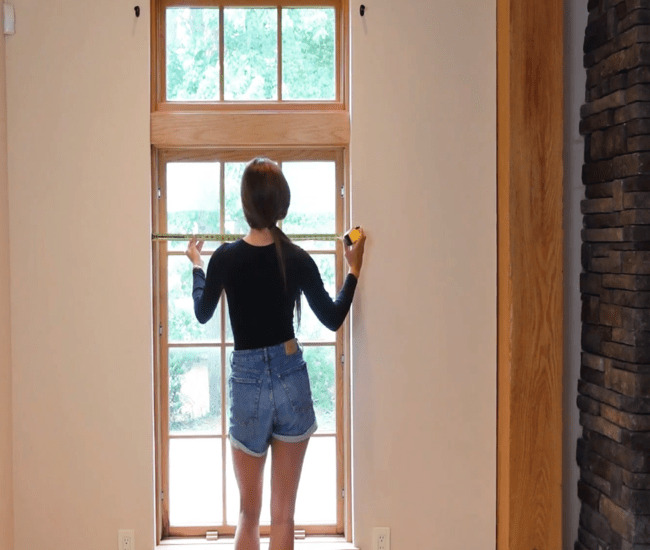When it comes to choosing the right window treatments for your home, there are a lot of options to choose from. But two of the most popular choices for homeowners are wood blinds and faux wood blinds. So, what’s the difference between the two? And which one is better for your home?
Read on to find out everything you need to know about wood blinds vs faux wood blinds so that you can make the best decision for your home.
Things in a Nutshell
- The main difference between wood blinds and faux wood blinds is that of the material. That is, wood blinds are made from real wood, while faux wood blinds are made from a composite material.
- Wood blinds are more expensive window coverings than faux wood blinds, but they offer more durability and a more natural look.
- Faux or artificial wood blinds are more budget-friendly and they offer more versatility in terms of colors, style, and finishes.
- Both wood blinds and faux wood blinds have their own benefits and drawbacks. The best option for your home will depend on your personal preferences and needs.
What’s the Key Difference between Wood Blinds and Faux Wood Blinds

Wood blinds and faux wood blinds are two popular types of window treatments. But what’s the difference between them? Wood blinds are made from real wood, while faux wood blinds are made from a synthetic material.
Faux wood blinds are a more budget-friendly option, but they’re not as durable and may warp or crack over time. When it comes to appearance, wood blinds have a more natural look, while faux wood blinds have a more polished look.
Pros and Cons of Wood Blinds and Faux Wood Blinds
Wood blinds and faux wood blinds for windows both have their advantages and disadvantages. Here is a comparison of the pros and cons of each type of blind:
Wood Blinds Pros and Cons

Pros
- Aesthetically Pleasing: Real wood blinds for windows have a warm, natural look that can add character and elegance to any room in your home.
- High-quality Material: Natural wood is a durable and long-lasting material that can withstand wear and tear.
- Insulation: Wood is a natural insulator, so wooden blinds or shades can help regulate the temperature in a room.
- Customizability: Wood blinds come in a range of sizes, styles, and colors that can match any interior décor of your home.
Cons
- Cost: Wood blinds tend to be more expensive than their faux wood counterparts.

- Maintenance: Wood blinds require more maintenance than faux wood blinds since they are susceptible to warping and cracking from moisture and humidity.
Faux Wood Blinds Pros and Cons
Pros
- Cost: Faux wood blinds are a more affordable choice than real wood blinds.
- Easy Maintenance: Faux wood blinds are easy to clean and maintain, and they are less likely to warp or crack than real wood blinds.

- Moisture Resistant: Faux wood blinds are not affected by humidity and moisture, making them an ideal window treatment for high-humidity areas like bathrooms and kitchens.
Cons
- Aesthetics: Faux wood blinds for homes may not offer the same natural warmth and character as real wood blinds.
- Limited Customization: Faux wood blinds for homes are available in fewer color and texture options than real wood blinds.
Summing up, wood blinds have a classic, elegant look and high durability, but they come at a higher cost and require more maintenance. On the other hand, faux wood blinds are a more cost-effective and low-maintenance window treatment option, but they may not have the same natural warmth and character as real wood blinds.
How to Choose the Right Window Treatment for Your Home
When it comes to choosing window treatments for your home, there are a few things to keep in mind.
Function

First, consider the function of the window treatment. Are you looking for something to block out light, reduce noise or add privacy
Once you’ve determined the purpose of the window treatment, you can start to narrow down your options. If you’re looking for something to block out light, blackout curtains or shades are a good option.
If you want to reduce noise, lined curtains or heavy drapes can help. And if you’re looking for privacy, window film or blinds are a good choice.
Style
Once you’ve determined the function of the window treatment, you can start to think about style. Do you want something that’s subtle and understated or something that makes a statement?
Consider the overall style of your home when making your decision. If you have a modern home, for example, sleek and simple window treatments might be the best option. Or if you have a more traditional home, richly textured window treatments might be more appropriate.
Keep these things in mind when choosing window treatments for your home and you’ll be sure to find something that both looks and works great.
Installing Wood Blinds and Faux Wood Blinds
The process for installing faux wood blinds is generally the same as installing wood blinds.
However, due to the weight of the real wood material, their installation may require additional support, such as adding extra mounting brackets or using sturdier mounting hardware.
Here is a step-by-step installation process for wood blinds and faux wood blinds:
- Measure the window frame size (width and height) and determine the placement of the mounting brackets.

- Attach the mounting brackets to the window frame or the wall around it.
- Insert the headrail of the window blinds into the brackets and secure it in place with the help of screws.
- Install the tilt wand, lift cord, or any other lift mechanism.
- Attach the valance to the headrail to conceal it for the sake of curb appeal.
Buying Guide for Faux Wood Blinds
Conclusion
Overall, both wood blinds and faux wood blinds offer benefits that make them good choices for window treatments. However, faux wood blinds tend to be the better choice for most homeowners due to their durability, ease of cleaning, and variety of style options.
So, if you’re looking for new window treatments for your home, consider faux wood blinds as a top option.
